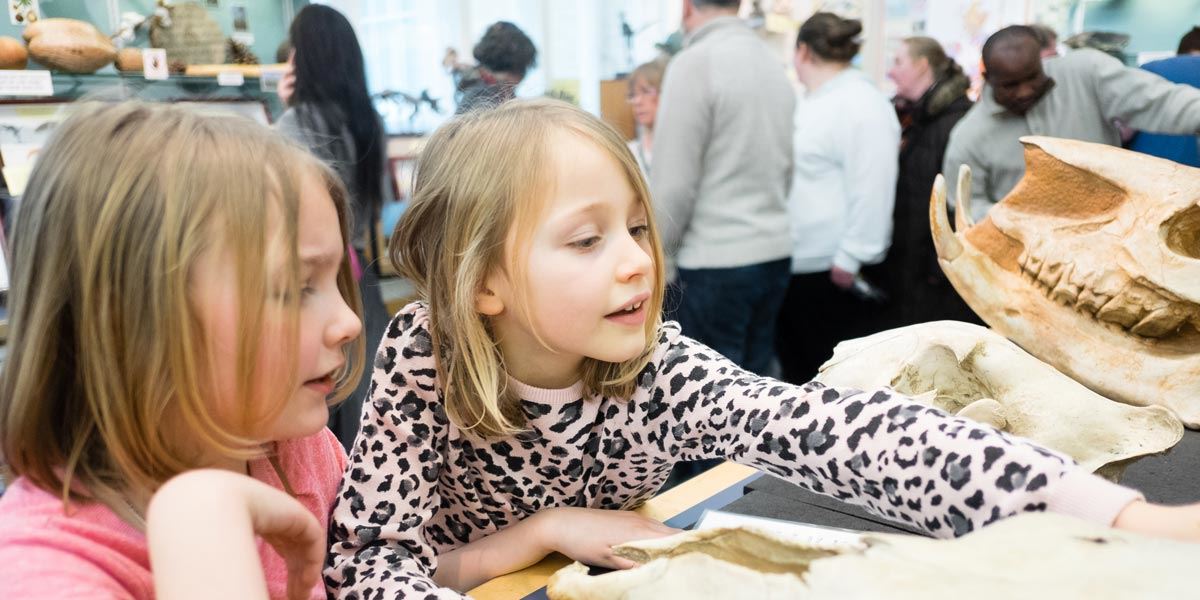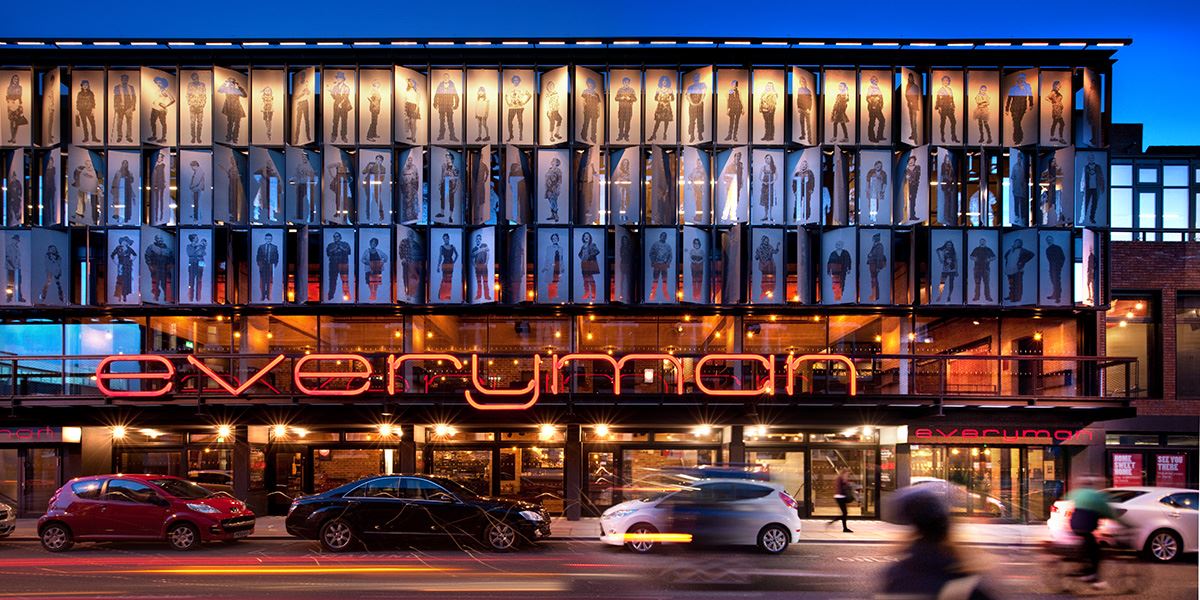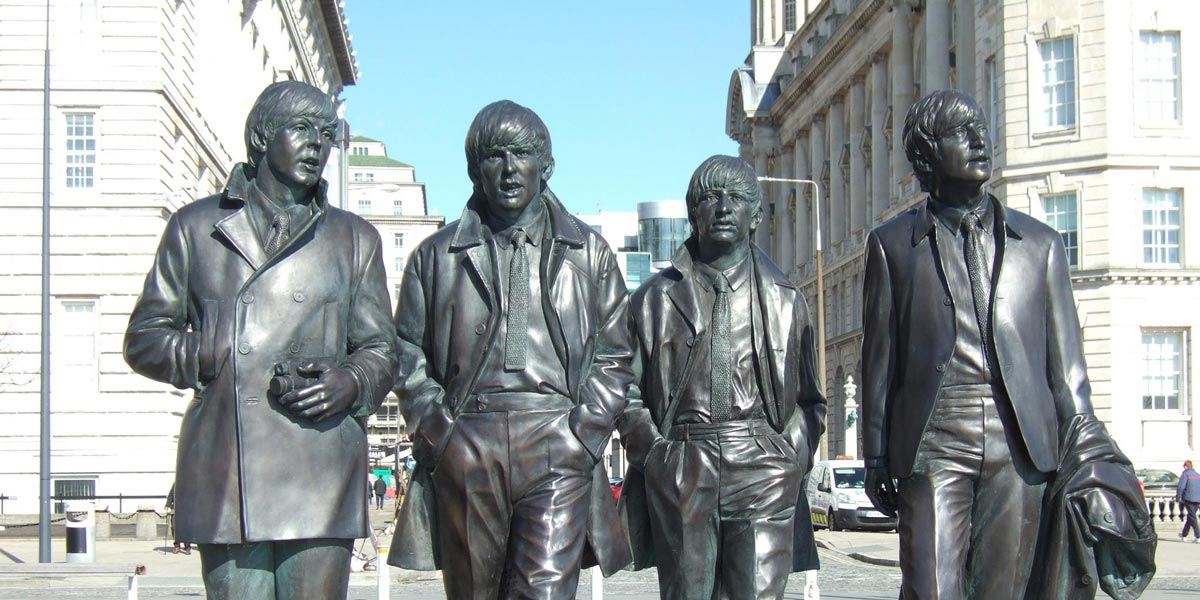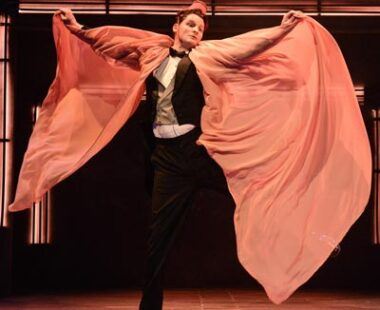By Sue Ormesher
It’s widely known that Liverpool has more museums and galleries than any other UK city outside of London – it’s a fact the city loves to boast about. Culture is Liverpool’s lifeblood, with many considering the city to be the UK’s creative capital.
Culture club
Since 2008, when Liverpool was given the chance to shine as European Capital of Culture, the city has seen a genuine cultural renaissance with an amazing programme of events held every year. Did you know, for example, that Liverpool hosts the UK’s biggest annual celebration of Arab arts and culture in the UK, as well as the Brazilica Festival – a colourful celebration of Brazilian music, dance, culture and food?
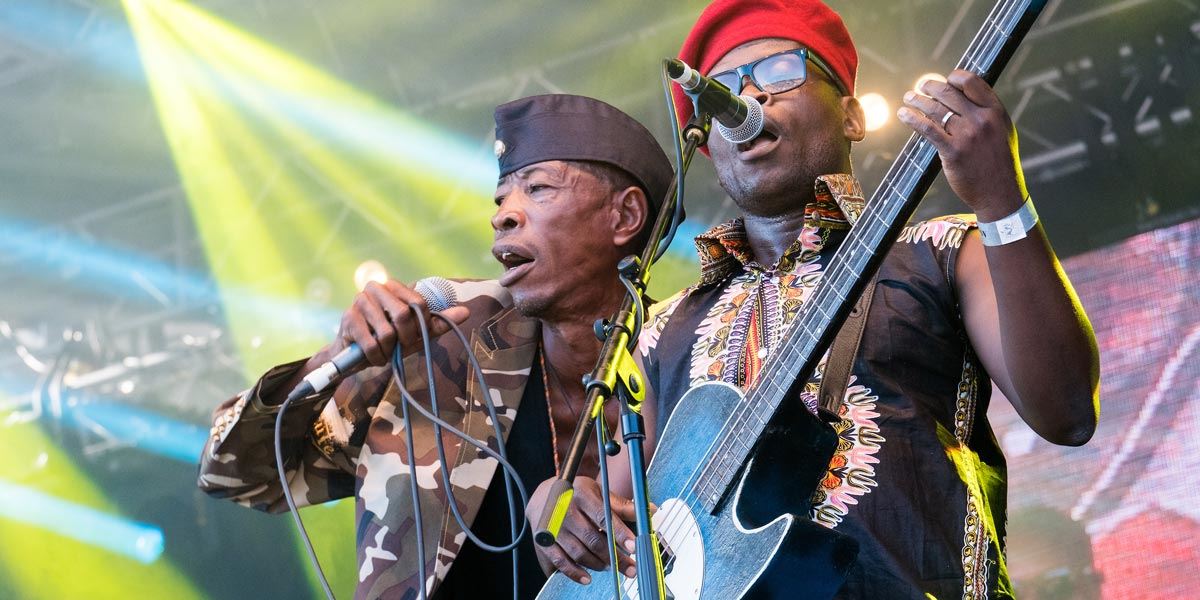
Jupiter & Okwess performing at Africa Oyé Festival
There is always something going on, so depending on what time of year you are visiting, the chances are there will be an event or two. You could be lucky enough to catch the Africa Oyé world music and culture festival, the Liverpool International Music Festival, Sound City music festival or the Liverpool Biennial – the largest festival of contemporary visual arts in the UK.
Liverpool hosts the UK’s biggest annual celebration of Arab arts and culture in the UK as well as the Brazilica Festival – a colourful celebration of Brazilian music, dance, culture and food
City tour
On any given day you’ll find a city teeming with culture and to really appreciate it, take a stroll around Liverpool’s streets where you can explore every nook and cranny. Hope Street, located in the Georgian Quarter, boasts two cathedrals, located at either end and, even though they are vastly different in architecture, both are quite majestic.
Liverpool Anglican Cathedral, described by writer and poet Sir John Betjeman as ‘one of the great buildings of the world’, took 74 years to build from the foundation stone being laid in 1904. Check out the tower which boasts spectacular views across the city. The Metropolitan Cathedral of Christ the King, known affectionately as ‘Paddy’s Wigwam’ was opened in 1967 and features modern works of art, a crypt and glorious multi-coloured windows.
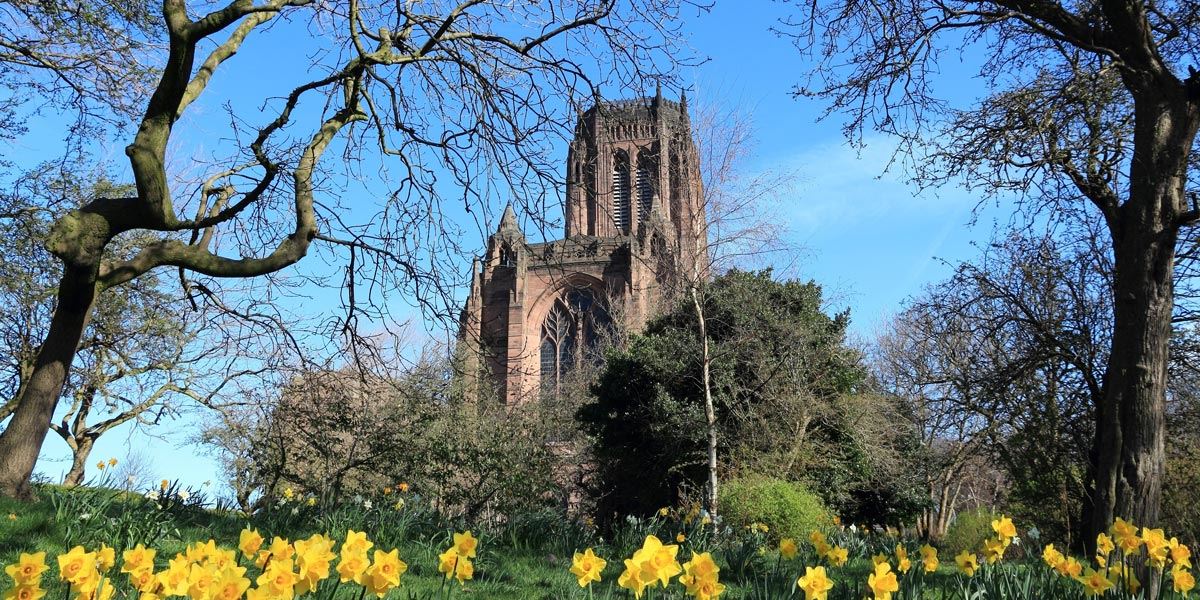
Liverpool Anglican Cathedral is one of two cathedrals you can visit in the city centre
Hope Street is also home to a wealth of other fantastic buildings including the Art Deco Royal Philharmonic Hall, home to the renowned orchestra as well as a venue for classical concerts and popular gigs. Nearby is LIPA, Paul McCartney’s ‘fame school’ for the performing arts, and just around the corner on Rodney Street you can visit Mr Hardman’s Studio, a National Trust property dedicated to the life of renowned photographer E Chambre Hardman. The National Trust has other interesting properties in the city including Mendips and 20 Forthlin Road, the childhood homes of John Lennon and Paul McCartney.
Hope Street, located in the Georgian Quarter, boasts two cathedrals, located at either end and, even though they are vastly different in architecture, both are quite majestic
On the waterfront
The Albert Dock is home to several great museums and art galleries including Tate Liverpool which houses a fine collection of British and international modern and contemporary art. The Merseyside Maritime Museum and International Slavery Museum are also located here. Both free to enter, you can view the fascinating collections relating to the city’s role in the wider world and its glorious and sometimes inglorious past.
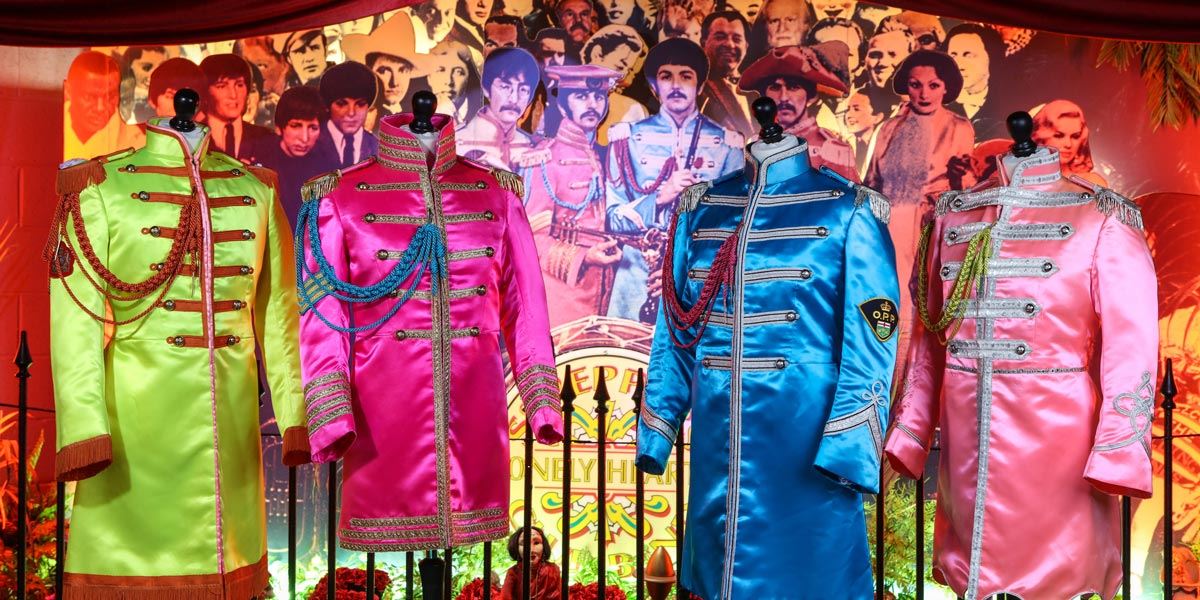
Check out iconic Beatles outfits at The Beatles Story
The award-winning Beatles Story, the world’s largest permanent exhibition purely devoted to the life and times of The Beatles, is a must for music fans, while the waterfront is also home to the Museum of Liverpool – the world’s first national museum devoted to the history of a regional city. More than 6,000 objects bring Liverpool’s incredible history to life, celebrating thousands of years of the city’s achievements. There are special sections on important cultural gems – music and football – as well as some interesting set pieces which evocatively recreate Liverpool’s past.





